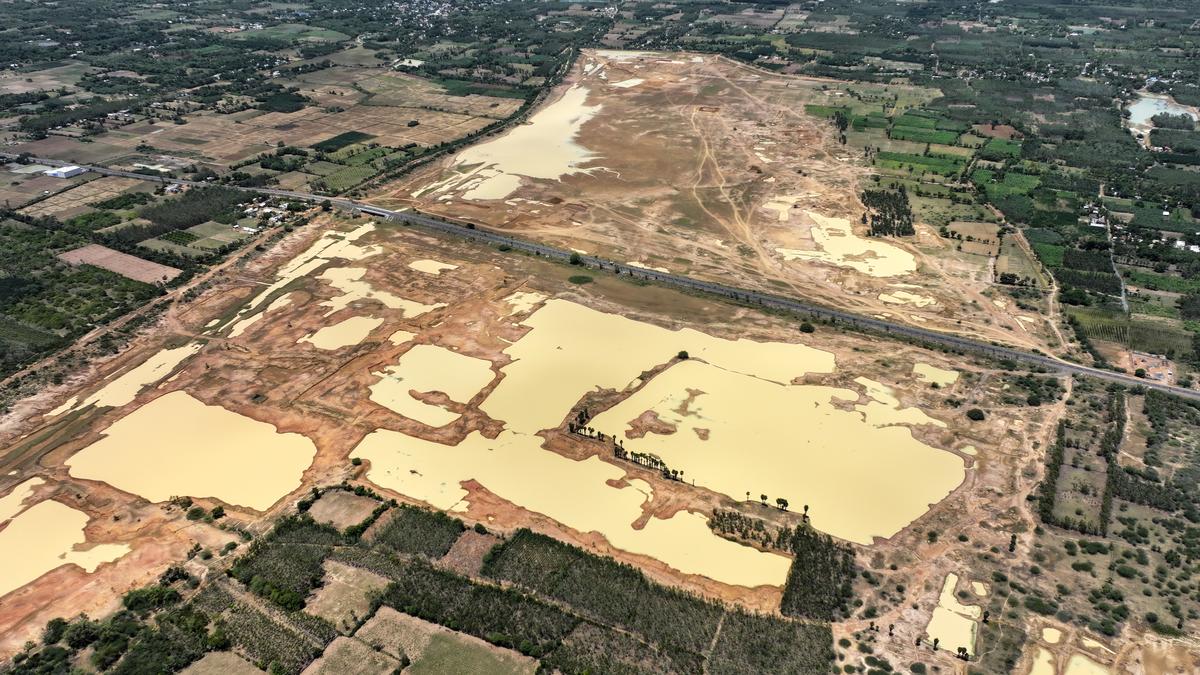Now Reading: Unraveling History: Copper Plates Reveal Reign of King Rajendra Chola
-
01
Unraveling History: Copper Plates Reveal Reign of King Rajendra Chola
Unraveling History: Copper Plates Reveal Reign of King Rajendra Chola
Swift Summary
- Rajendra Chola I (1012-1044 CE), son of Raja Raja Chola I, expanded the Chola Empire beyond South Asia through military expeditions and temple patronage.
- Four significant sets of copper plate inscriptions from his reign were discovered in Tamil Nadu: Tiruvalangadu, Karanthai, Tirukkalar, and Esalam Plates.
– Tiruvalangadu Plates: Found via ASI reports; comprised 31 plates detailing the Chola genealogy, land grants too Palaiyanur village for Tiruvalangadu Shiva temple (dated 1018 CE). Linked by a seal featuring royal emblems like tiger (Chola) and bow (Chera).
– Karanthai Plates: Discovered in Thanjavur district with 57 plates detailing extensive land donations to Brahmins and temples. Named after Rajendra’s mother Thiribhuvana Mahadevi; issued in his eighth regnal year (1020 CE).
– Tirukkalar Plates: Found at Tirukkalar Shiva Temple; smaller set with insights on genealogy and achievements paired with a temple land grant dated to around 1030 CE.
– Esalam Plates: Unearthed near Tindivanam alongside bronze icons associated with Sarva Siva pandithar.Detailed Rajendra’s conquests including Kadaram as referenced on copper seals; dated to his 24th regnal year (1036 CE).
Indian Opinion Analysis
Rajendra Chola’s copper plate inscriptions serve as valuable historical artefacts showcasing administrative efficiency during the empire’s peak expansion under his rule. The detailed accounts of lineage,land grants for temples,tax exemptions,and conquests underscore the symbiotic relationship between governance and religion during ancient India’s dynasties. These records reinforce Tamil Nadu’s pivotal role in conserving early medieval history through archaeology-driven discoveries.
The findings reveal advanced recordkeeping techniques using durable materials such as copper plates while displaying cross-cultural connections across Southeast Asia evidenced by references such as Kadaram in Malaysia within inscription eulogies. They highlight not just territorial expansion but also efforts at societal organization via well-documented provisions benefiting local communities-especially Brahmins-through structured governance models.
While these inscriptions create valuable historical discourse about India’s past geopolitical reach and cultural emphasis on endowments tied to faith foundations, they also raise questions regarding centralized authority over resources during empire-building phases-a theme relevant even today when analyzing state-led initiatives prioritizing heritage preservation over broader socio-economic factors.
























